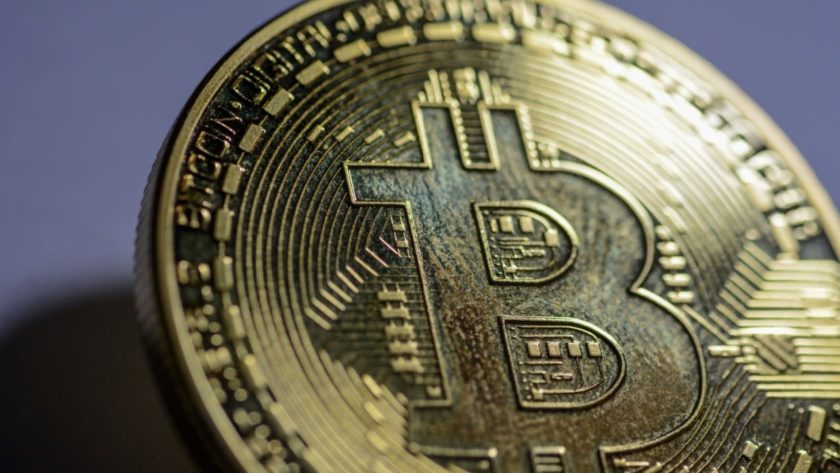Bitcoin on Sunday has established another yearly low after extending its previous downside momentum.
At press time, the BTC/USD pair is trading at 3823 on Coinbase after correcting from its intraday low at 3466. It marks a circa 45% loss just in November while contributing to an overall 82.5% loss since its manipulatively achieved all-time high.
Unable to Recover
Bulls are unable to pull off a substantial recovery period and most of the intraday actions to the upsides look to be coming from retailers executing their shorts. Ideally, the downtrend should extend unless it bottoms out on a specifical support level. But as of now, that support is nowhere to be found.
The depressive price action is visible all across the bitcoin exchange space, which essentially is made up of retail traders. There is a huge possibility that a majority of these traders had entered the market when the price was hovering around $5,800-6,000. The Bulls played the level well for many times in 2o18 creating demand and correcting to levels as high as $11,500. Those who exited their long positions on every higher high from 600-bottom benefitted, while the rest simply held onto their bitcoin assets.
Investors, with bitcoin trading under $4,000:
Retail: “should I sell and buy back lower? should I open a short? should I just give up? is it going to zero? was this whole crypto thing a scam after all?” ??
Institutions: “please keep selling us cheap bitcoin. thank you.” ??
— Jake Chervinsky (@jchervinsky) November 25, 2018
The bitcoin market has reached a point where traders can either trust the digital currency and hold it closer than ever, speculate on its intraday volatility, or just dump it. In any case, the demand for Bitcoin is dropping against the available supply. The question is: if most of the retail traders are selling their bitcoins, then who could accumulate them after the price bottoms out.
Institutions Long on Bitcoin
When BTC price was stabilizing around $6,000 all this year, analysts speculated that it was there because of miners and institutional investors. According to Fundstrat Global Advisors, the breakeven ROI level for bitcoin miners reached as high as $7,300 this year, meaning that a miner would spend the said amount to earn back crypto rewards of the same value. Reports later predicted that the breakeven level had fallen to $6,000 owing to a dropped bitcoin hash rate.
In another world, institutional investors were calling bulls at the 6000-level. Yale and Harward University’s endowments added bitcoin-enabled funds to their portfolio when the digital currency was trading in the $6,000-6,500 range.
Multinational asset manager Fidelity announced an enterprise-grade bitcoin custody solution for large institutions, verifying that significant monies could enter the space should they have access to adequate risk management and trading tools. Intercontinental Exchange, which operates twelve regulated exchanges and marketplaces in the US, announced Bakkt, a regulated crypto exchange designed for professional investors. Global banking giants Goldman Sachs and Morgan Stanley also geared themselves to launch bitcoin derivates, with the former even going ahead and running a trial.
But, the price crashed anyway, which has led investors to question the narrative that institutional investors are accumulating crypto during the bear market.
It is not exactly bad news for an asset which has a long-term use case as a store-of-value like Gold and a settlement tool for intrabank transactions.
A crash mostly flushes out toxic trading out of a very young crypto market, and somewhat define the right demand-to-supply ratio. As of now, the demand for bitcoin is unknown, but it is considered to be much higher than its all-time high. Institutional investors that have announced their entry into the crypto space this year are speculating on bitcoin for the very same thing. VanEck, for instance, believes that a BTC ETF launch alone could bring a minimum $1 billion to the industry, benefitting the underlying spot markets.
So, the question comes to whether institutional investors are interested in Bitcoin, especially after the crash. Yes, they should be given how the market is offering them the best opportunity to accumulate. While the market does not reflect any aggressive buying action yet, the possibility of seeing one is possible shortly.
Even if they are not, the Bitcoin market has stood up to similar drops in the past and has corrected higher. At the very best, people could speculate on the digital currency to protect themselves against a potential economic crisis, currency inflation, and capital control.




